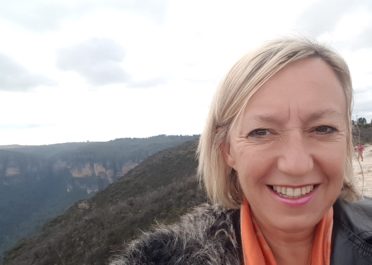
COVID-19 patients admitted to hospital often require assistance with general mobility and need to sit upright due to breathing difficulties. If the patient’s condition deteriorates, then often the patient will benefit from the lying in a prone position, this can be performed either conscious with minimal of assistance, to unconscious requiring full assistance and ventilation.
What are the benefits of proning?
- Improved secretion clearance
- Recruitment of posterior lung regions
- Improved ventilation
Studies have demonstrated that proning intubated patients improves oxygenation and there is often a decline in oxygenation after return to the supine position (Farkas, 2020), this is the same pattern when also proning non-intubated patients (Scaravilli, 2015). The Intensive Care Society (2020) suggest that the benefits of awake proning may avert the need for intubation for some patients, patients who were later in the course of their illness would require close supervision and for some patients the delay when intubating could be both pointless and dangerous.
Early Mobilisation
Many COVID-19 patients who require a ventilator never recover and those that do survive often experience weakness and muscle atrophy. COVID-19 patients require early mobilisation in the ICU setting and here is the challenge – working space available for clinicians, staffing numbers and the transmission of the disease. Adhoc evidence suggests that some areas are managing this early intervention and eventually enabling the person to sit, stand and walk.Having the right moving and handling equipment for the job can be key for the safety of the patient and staff – whether it is a stand and transfer aid or as this client group fatigues easily, a standing hoist (such as the MiniLift160 Classic) used with a sling with seat support (ThoraxSling with SeatSupport). This will support the person should they become unstable and if used in the correct manner, they can often be used as rehabilitation tool in a therapeutic manner.
Proning in the Community
Proning a COVID-19 patient is proving to be a technique that is needed in the acute and community setting. There are several techniques outlined and summarised below:
- Use a lifting and repositioning sheet with slide sheets, pillows, a hoist and two people, suitable for a community setting
- Lift and position the person at one side of the bed
- Place a new sheet underneath the person
- Reattach the sheet down the side near the bed rail
- Turn the person ensuring their head is in the right direction.
- Please note, if this technique is used without positioning pillows prior to the turn and cocooning in place with another sheet it can be tricky.
- Cornish Pasty Technique – This technique is a manual move used with slide sheets
- Can require up to 6-7 people in an ICU
- The airway, leads and any attachments need careful consideration in this technique
- The use of an in-bed management system, pillows and a hoist with two people
- Wrap the individual in a top sheet with handles cocooning the person with pillows, the sheet shiny side up.
- Hook up to the hoist carry out a partial turn move moving the person to the opposite side of the bed
- Continue the turn into a prone position with the pillows and sheet that the person is lying on is in place.
A1 Risk Solutions have produced supine proning demonstration videos that are free to access:
- Proning in the community for COVID-19 patients using the WendyLett bed management system video, click here to view
- Supine to prone in the community for your COVID-19 patients using the WendyLett bed management system video, click here to view

